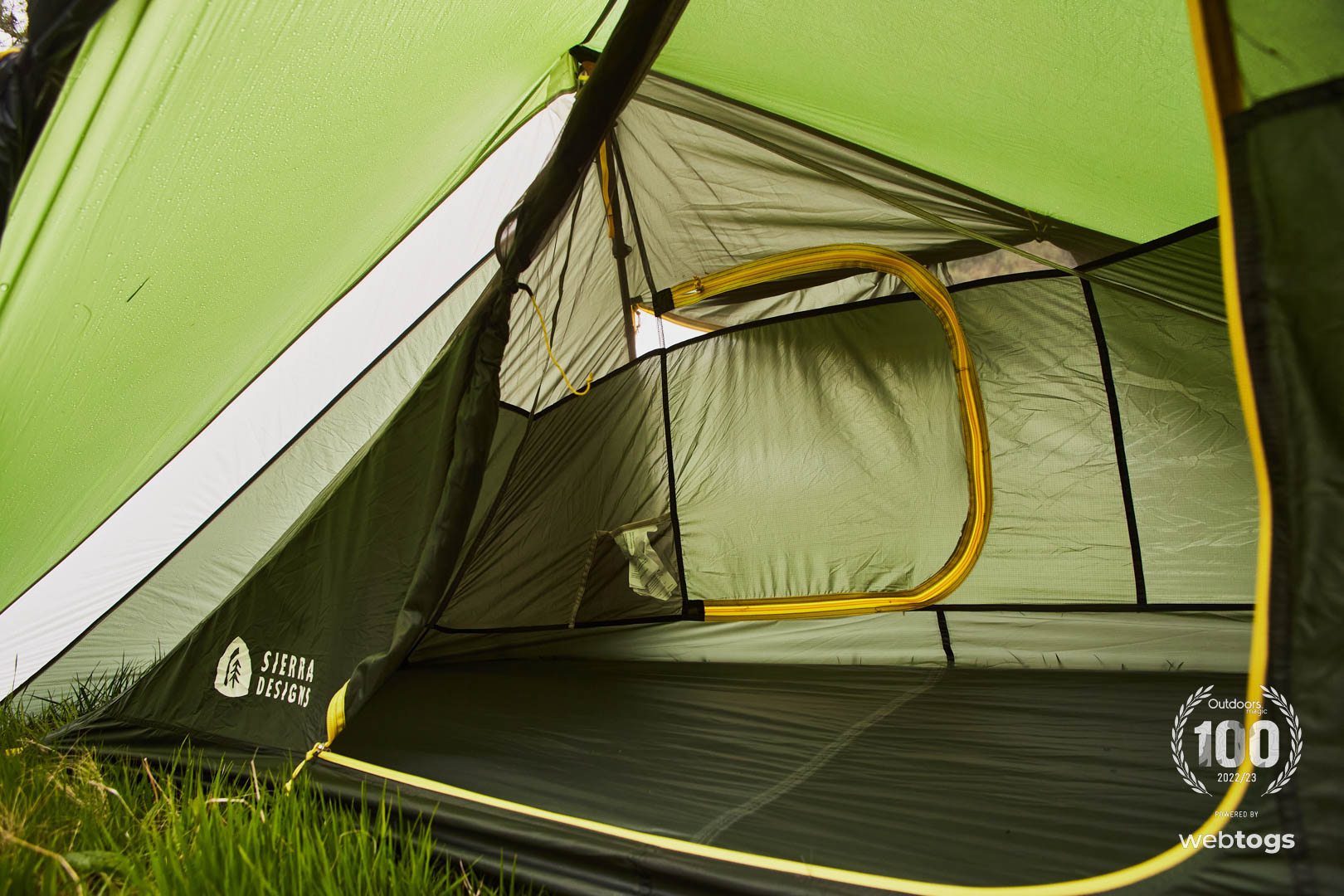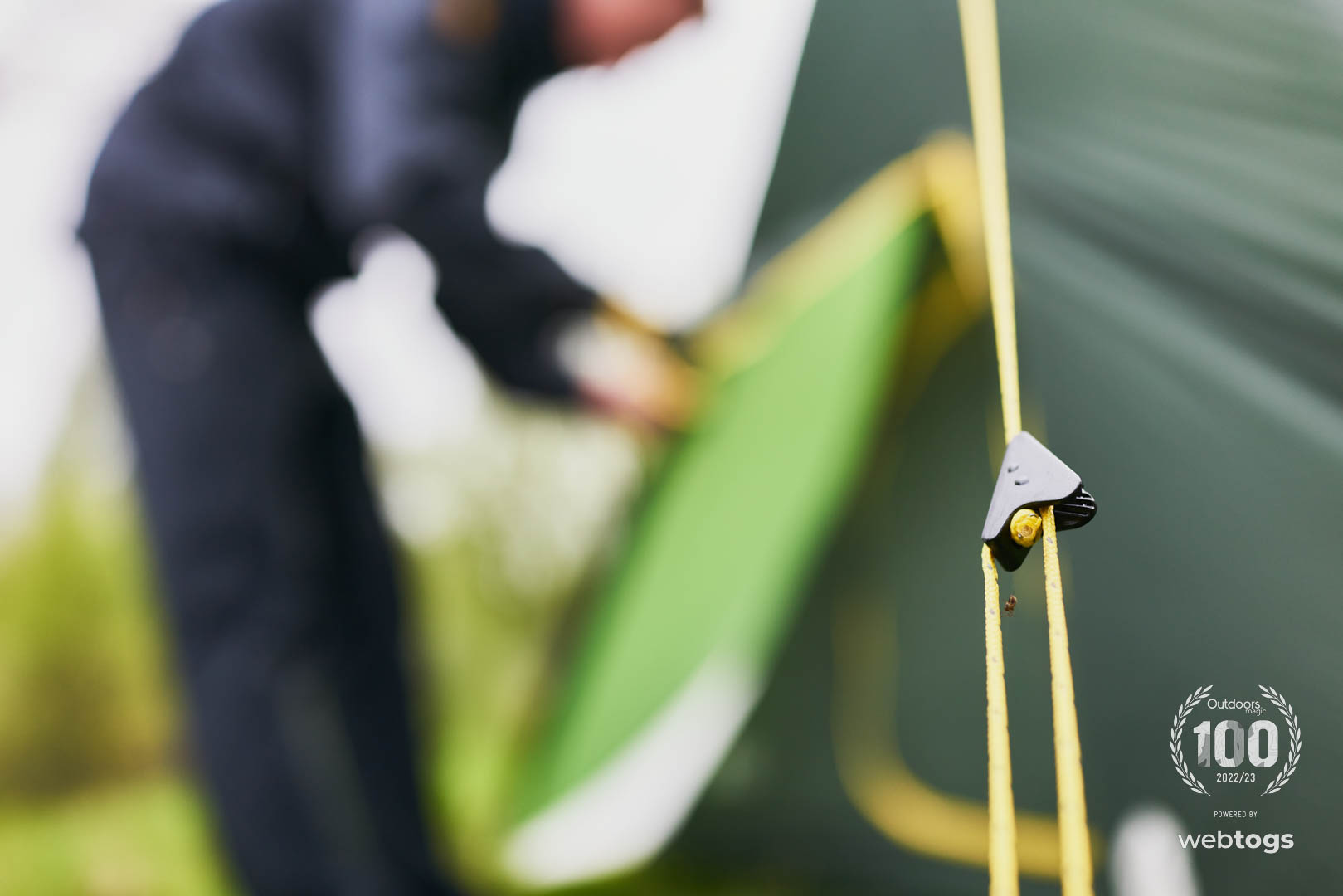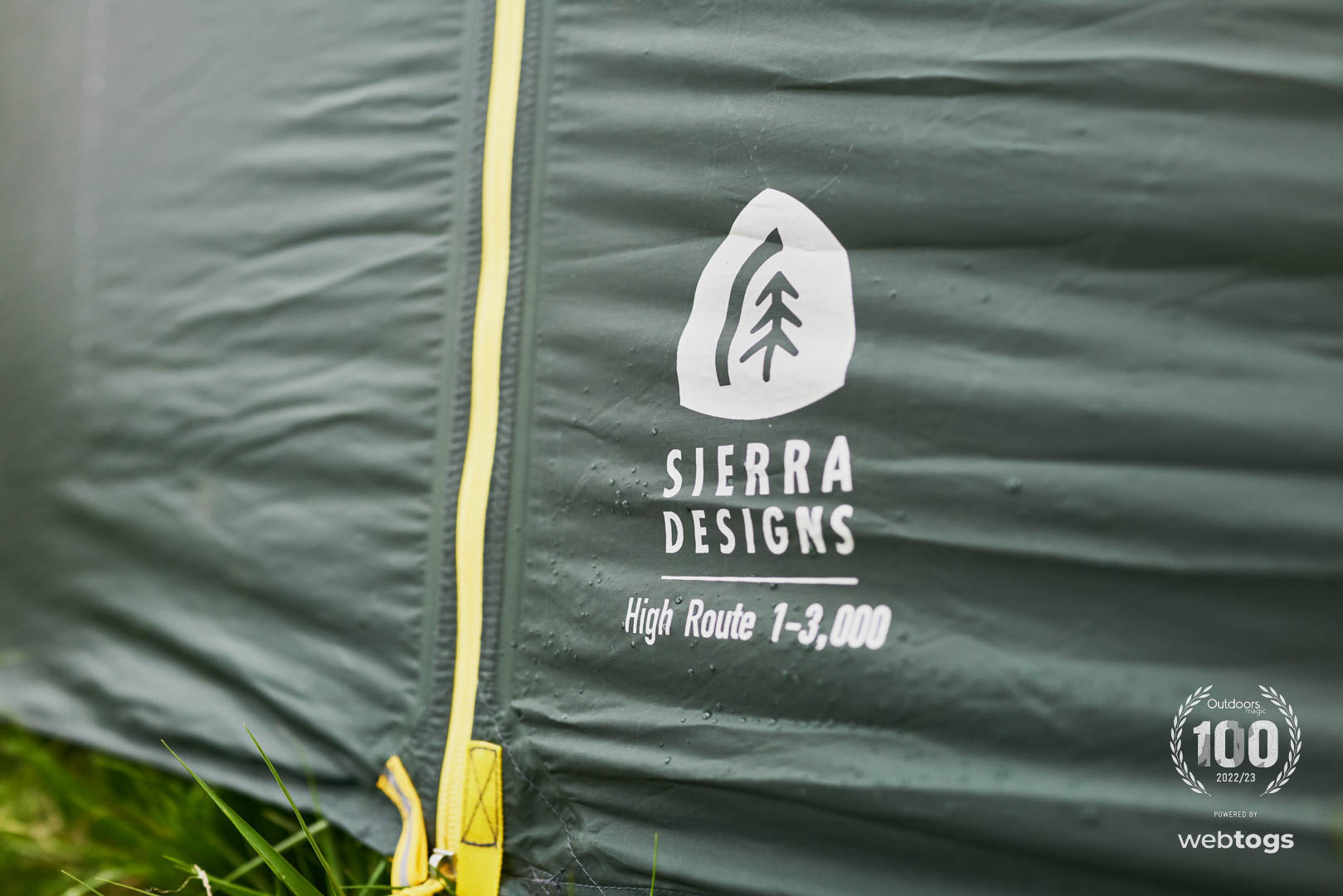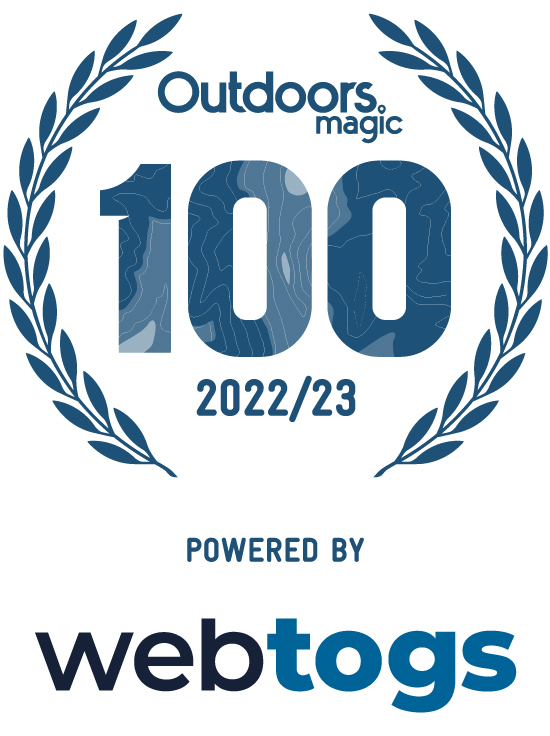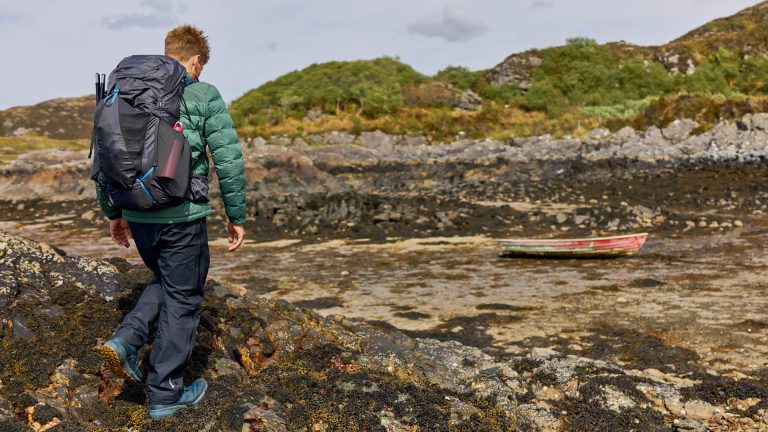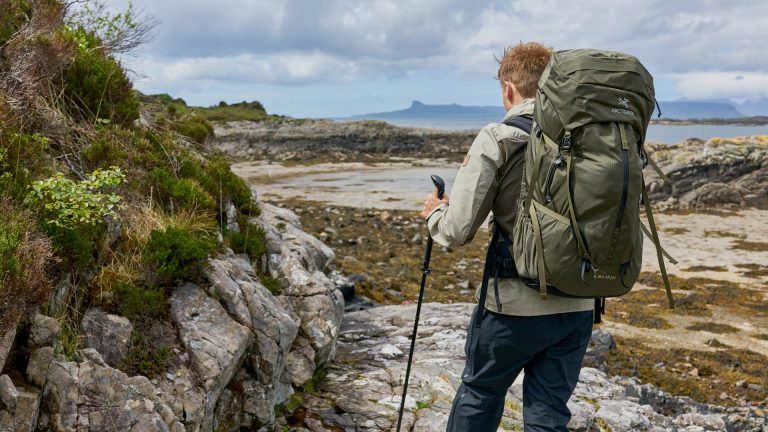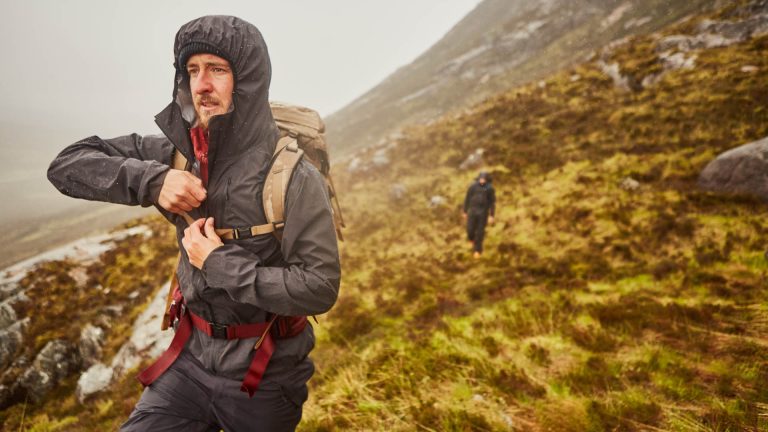Why We Chose The Sierra Designs High Route 3,000 Tent: Versatile, lightweight, packable.
The search for the ultimate solo shelter is a quest that has consumed many an ultralight backpacker. Obviously, something always has to give – because the smaller and lighter a tent is when packed, the smaller and more cramped it tends to be when pitched. There are some exceptions, which use ultralight fabrics and innovative designs to cut weight without sacrificing space, but inevitably they also send the price sky-rocketing.
With the High Route 3,000 however, US brand Sierra Designs think they’ve nailed it – even for UK and European backpackers. They call this solo tent “an incredibly versatile year-round hiking shelter… with a laundry list of features for its weight and size”. Sounds good to us.
Who Is The Sierra Designs High Route 3,000 Tent For?
This is a tent designed for experienced backpackers looking for a reasonably roomy yet light and packable solo shelter. Why experienced? Well, it’s a trekking pole tent, which means it requires trekking poles to create the structure. It’s also an unusual offset design, which – while being undoubtedly ingenious – is also a little bit tricky to pitch consistently. That’s why we perhaps wouldn’t recommend it for novices or first-time backpackers (or at least, practice setting it up in the garden a few times before you tackle the trail…)
Materials
The High Route 3,000 is an evolution of the original Sierra Designs High Route, with slightly heavier but also more weatherproof fabrics, featuring an upgraded waterproof rating of 3,000mm Hydrostatic Head – hence the name. Gear nerds, if you want the specifics, the fly and floor fabric is a 20D nylon ripstop silicon, while the inner is made from a combination of the same ripstop nylon and 15D nylon mesh.
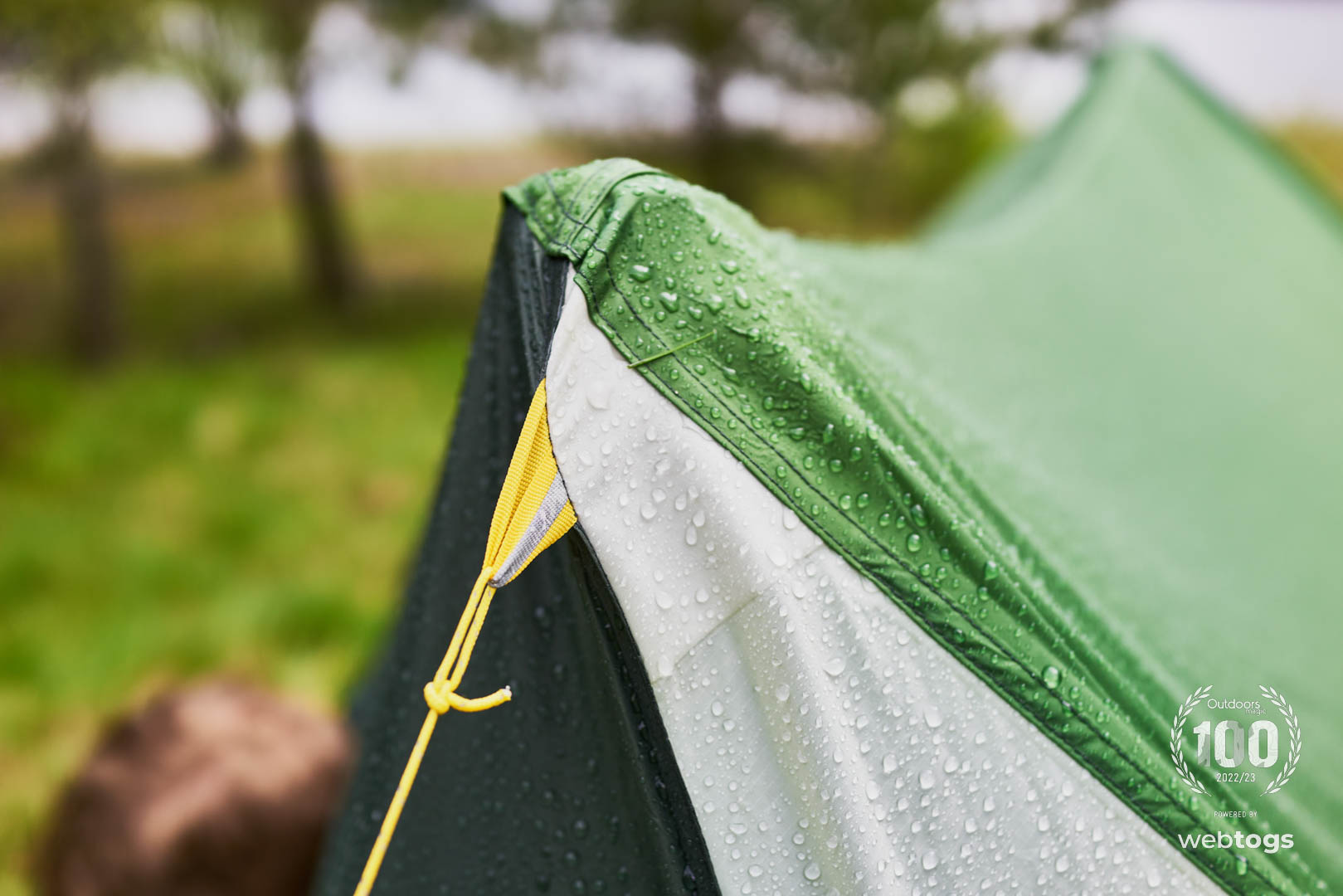
One point worth noting is that the flysheet is mostly dark green rather than the original bright blue and yellow colourway, which makes it a far better choice for stealthy wild camps. There’s also more fabric and less mesh in the inner, to add warmth and reduce draughts. All of these changes are sensibly designed to appeal to the UK and Northern European markets.
Features
The tent pitches using a pair of trekking poles, placed at opposite corners, to form the structure. This offset configuration looks a bit ungainly at first, but it makes sense once you duck your head inside, since you get increased headroom over most trekking pole tents. The concept was developed by Sierra Designs in collaboration with renowned backpacker Andrew Skurka, who was also responsible for the design of their best-selling Flex Capacitor rucksacks.
It’s a double-skinned design, which can be pitched outer first, all-in-one or inner only if you just want a bug shelter. This gives you plenty of options, so overall it’s a practical and versatile tent. As mentioned up top, it’s well worth practicing setting it up before you head for the hills though. Secure peg placements are also vital to ensure a taut pitch, so look for solid ground when selecting a campsite. When properly anchored it is a very stable design though.

Inside, there is room to stretch out and sit upright, though the inner isn’t the widest. You get two useful porch areas and an unusual ‘1.5’ door configuration. There’s a main doorway with a full-length zip, plus a rear door with a half zip that is a bit too small to use as an entrance but still gives access to a secondary vestibule area. Sierra Designs calls this a ‘gear garage’, intended for stashing rucksacks, cooking gear or muddy boots.
“It’s an attractive option for solo multi-day backpackers.”
The inner has a small mesh storage pocket, plus hanging tabs for a gear line or tent lantern. We liked the strutted vent at the top of the main door, which noticeably improves airflow and reduces condensation build-up, aided by the large gap between the flysheet and inner.
Conclusion
The High Route is compact and lightweight, so it’s an attractive option for solo multi-day backpackers – provided you’re also taking trekking poles with you. It’s also very liveable, by which we mean it feels airy, spacious and practical when you’re in it. That’s directly attributable to its unusual offset design, the only downside of which is that it is a little trickier to pitch than some rivals. But like all things, practice makes perfect, so with a little perseverance, we think this is a tent that many users will grow to love.


